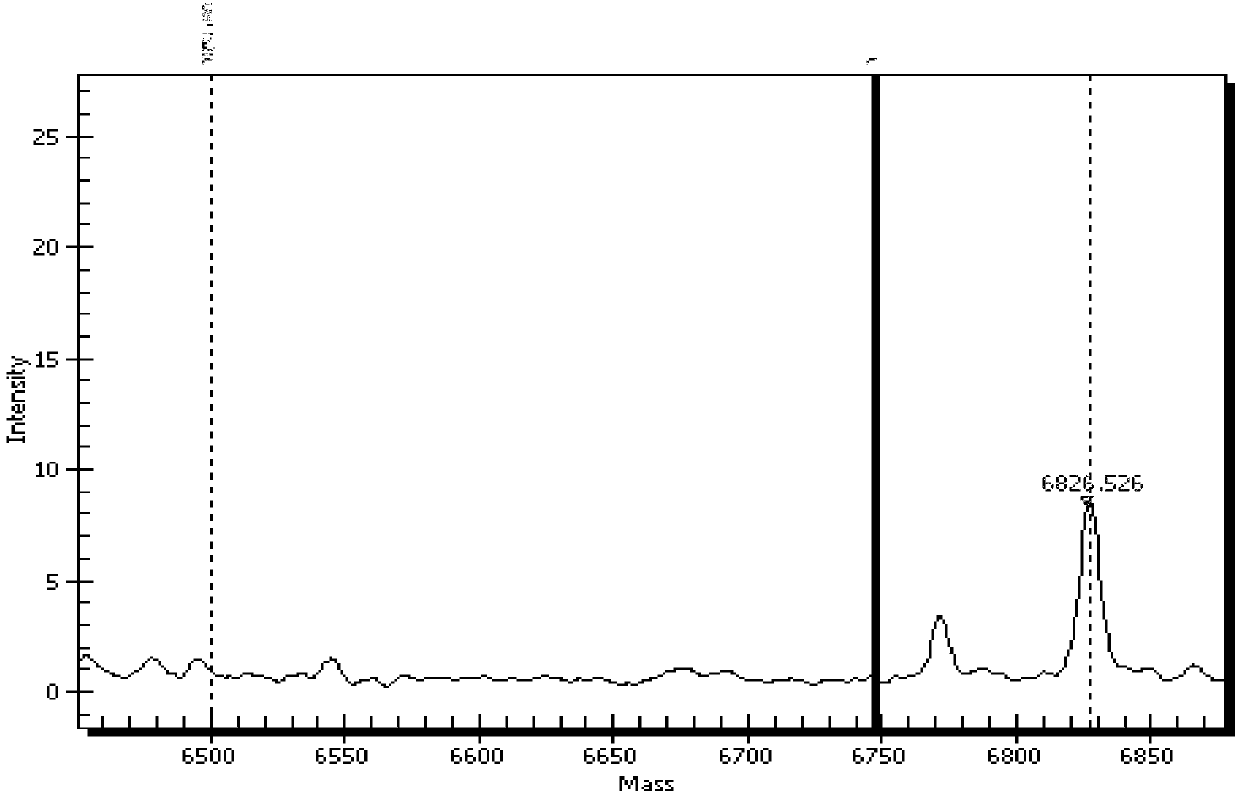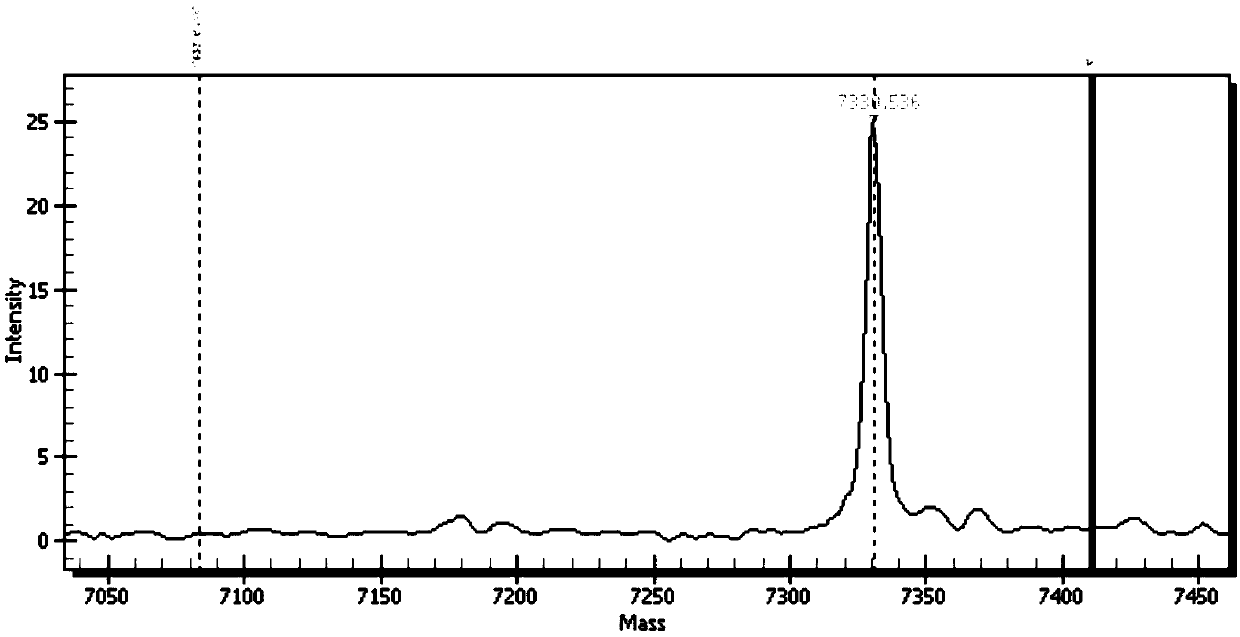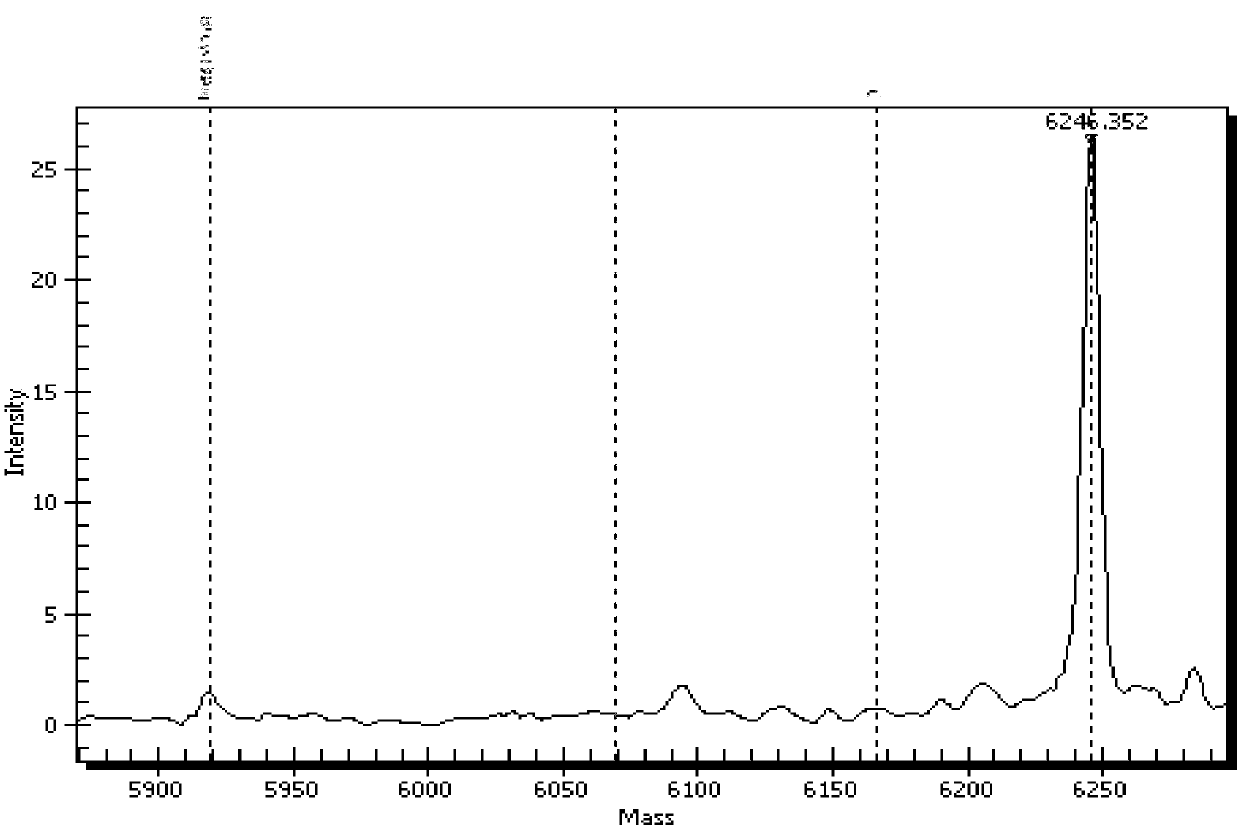PCR primer combination for adverse reaction genotype polymorphism of statin drugs and application
A technology of adverse reactions and primer combinations, which is applied in the field of biomedical molecular detection, can solve the problems of increasing the workload of probes to detect point mutations, difficulty in completely quenching fluorescence, and high requirements for instrument consumables, so as to reduce manual operations, control detection costs, Improve the effect of economic and social benefits
- Summary
- Abstract
- Description
- Claims
- Application Information
AI Technical Summary
Problems solved by technology
Method used
Image
Examples
Embodiment 1
[0065] Example 1. Multiplex PCR primer design and screening
[0066] Search SNP locus SLCO1B1 gene*5c.521T>C(rs4149056), SLCO1B1 gene c.388A>G(rs2306283), ApoE gene c.388T>C(rs429358) and ApoE gene c.526C>T(rs7412) from NCBI After bioinformatics comparison and analysis, a section of highly conserved regions containing one of the above-mentioned SNP sites was found, and each highly conserved region containing the corresponding SNP site (4 in total) was designed 3 -5 specific primer pairs (4 groups in total) and 3 to 5 single base extension primers for the corresponding SNP sites (4 groups in total), the combination of primer pairs between the 4 groups through different sequence analysis software such as DNAstar Perform interference analysis and evaluation on the combination of primers and single-base extension primers respectively. Finally, from each set of primer pairs, select the best two primer pairs after combining with other primer pairs (as shown in Table 1); and Choose a s...
Embodiment 2
[0072] Example 2, Quadruple PCR primer combination optimization (sensitivity detection experiment)
[0073] Randomly combine the four sets of primer pairs shown in Table 1 (total 2 4 After a combination), perform sensitivity testing as follows:
[0074] Take a purified genomic DAN sample of an adult EDTA anticoagulated blood sample and dilute it with sterile water to 10ng / μL, 1ng / μL, 0.5ng / μL, 0.1ng / μL, 0.05ng / μL, 0.025ng / μL, 0.01ng / μL, 0.005ng / μL, 0.0025ng / μL, respectively draw 10μL as a template, and use the primer pair combinations shown in Table 3 to perform quadruple PCR detection. Each amplified product is sequentially subjected to SAP reaction, single base Extension reaction (using the combination of the four single-base extension primers shown in Table 2) and mass spectrometry detection, count the detection results of each primer pair combination for each sample concentration, the experiment set water as a negative control, and a single primer pair of eight Re-PCR is a pos...
Embodiment 3
[0104] Example 3. Blind sample detection
[0105] Use the primer pair combination 1-1 / 2-1 / 3-2 / 4-1 in Table 3 and the single-base extension primer combination in Table 2, and detect 10 copies respectively according to the method of steps 1-7 in Example 2. The genotype of the unknown sample (adult EDTA anticoagulated blood) at rs4149056, rs2306283, rs429358 and rs7412, where the concentration of the template DNA solution in step 2 is 10ng / μL (excess).
[0106] Control 1: Use traditional PCR fluorescent probe method to detect the genotype of each SNP site individually.
[0107] Control 2: Use the Sanger sequencing method to detect the genotype of each SNP site with the product obtained in step 2.
[0108] Results: The test results of the above three methods are exactly the same. The test results of one of the samples are as follows:
[0109] Mass spectrometry results such as figure 1 As shown in —4, the results show that the genotype of rs4149056 locus of the tested sample is TT, the gen...
PUM
 Login to View More
Login to View More Abstract
Description
Claims
Application Information
 Login to View More
Login to View More - R&D Engineer
- R&D Manager
- IP Professional
- Industry Leading Data Capabilities
- Powerful AI technology
- Patent DNA Extraction
Browse by: Latest US Patents, China's latest patents, Technical Efficacy Thesaurus, Application Domain, Technology Topic, Popular Technical Reports.
© 2024 PatSnap. All rights reserved.Legal|Privacy policy|Modern Slavery Act Transparency Statement|Sitemap|About US| Contact US: help@patsnap.com










